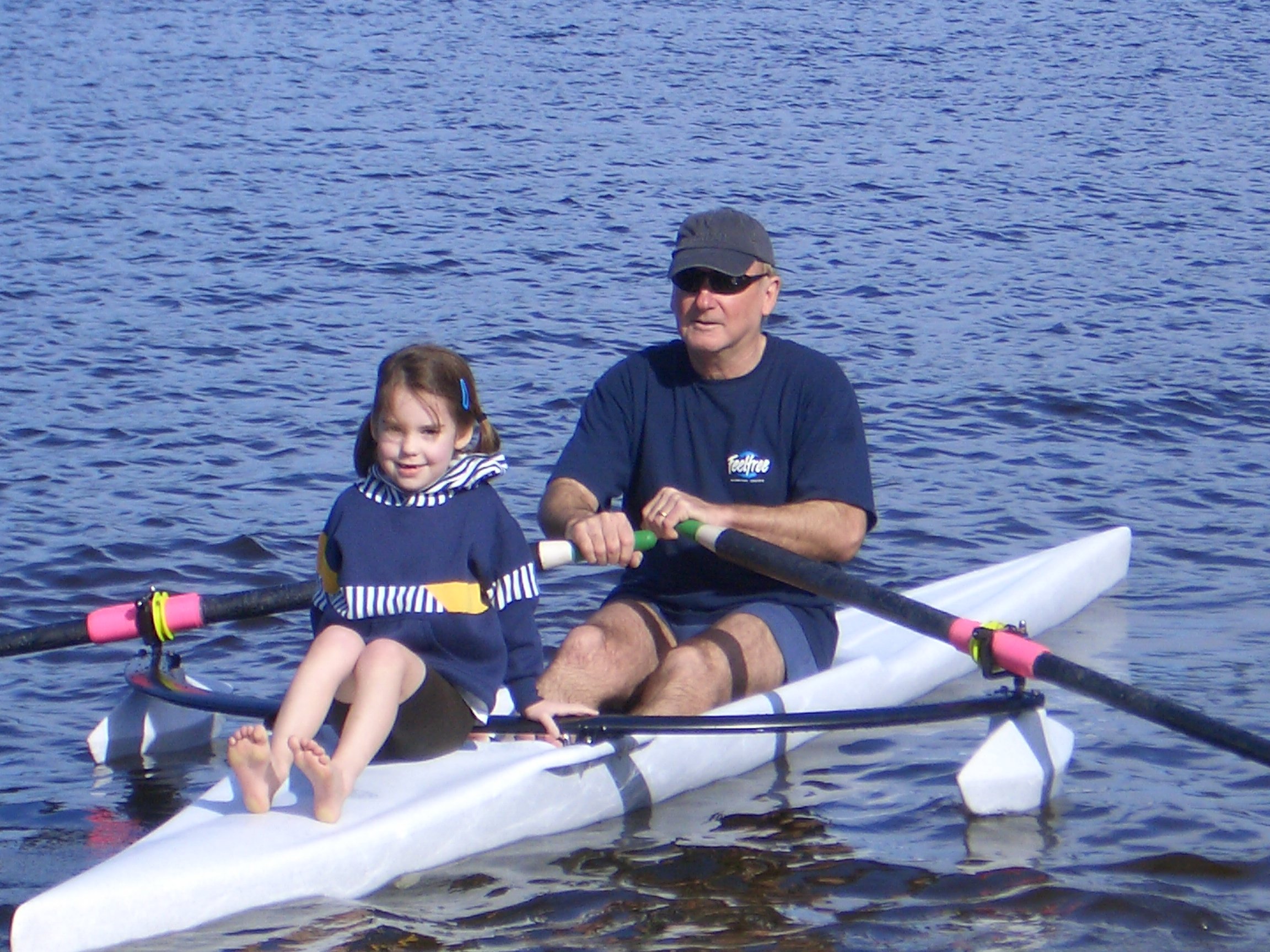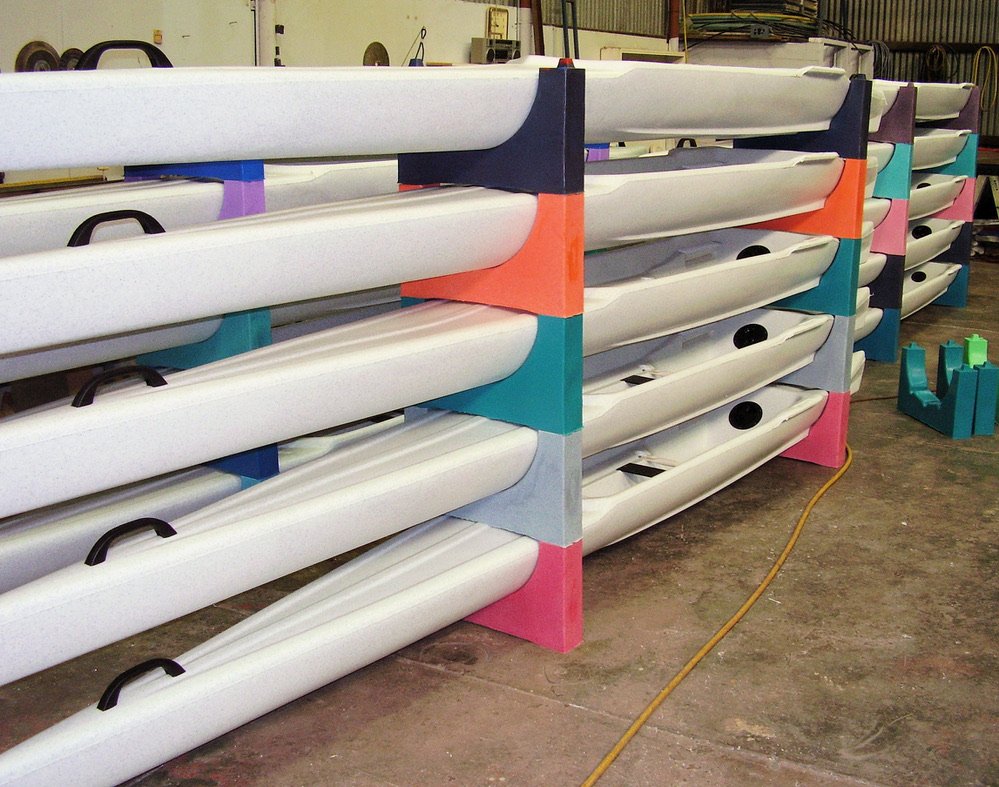Selecting the right rowing scull is crucial for both novice and experienced rowers, impacting performance, comfort, and training progression. Key considerations include the rower's skill level, weight class, the material and build of the scull, rigging options, boat length, manufacturer reputation, and budget. Proper maintenance of the scull is also essential to ensure its longevity and consistent performance on the water.
Rising Above the Rest: The Superiority of EDON Marine's Vertical Stacking System
Rowing is a sport that demands not only physical prowess but also meticulous organization and storage. For years, rowers and boating clubs have relied on traditional racking systems to store their boats. However, the Edon Marine stacking system is emerging as a game-changer in the world of rowing racking.
Navigating the Waters: Exploring the Advantages of a Long Keel in Rowing Sculls and Coastal Sculls
A long keel in rowing sculls has distinct benefits.
A long keel provides increased stability to sculls, allowing rowers to maintain balance and control while on the water. This stability is particularly beneficial for novice rowers or those who are still developing their technique. In contrast a skeg can help with straight-line stability, it may not provide enough lateral stability in rough coastal waters. Skegs are also not designed to prevent rolling, which can be a significant issue in choppy conditions.
The long keel also helps in maintaining a straighter course and reduces the tendency of the scull to veer off course, allowing rowers to focus more on their technique and power output. In contrast a skeg can limit the maneuverability of the scull which can be a problem in coastal waters where quick, responsive steering may be necessary to navigate through waves, currents, or around obstacles. In coastal waters, there's a higher likelihood of encountering seaweed or other debris, which can get caught on the skeg or fin, affecting the boat's performance and maneuverability.
The extended length of the keel helps to counteract the effects of crosswinds, minimizing the impact on the scull's trajectory. This feature is especially advantageous in open water rowing where wind conditions can be unpredictable. Skegs in strong crosswinds or currents can make it more difficult to maintain control of the boat's direction3.
The streamlined design of a long keel helps to reduce drag in the water, enabling rowers to achieve higher speeds with less effort. This can be particularly advantageous during race scenarios or intense training sessions. Skegs and fins can create additional drag, which can slow the boat down. In competitive rowing, this could be a significant disadvantage.
When rowing in choppy or rough water conditions, a long keel provides better tracking and stability, allowing rowers to maintain control and minimize the risk of capsizing. The extended length of the keel offers better leverage for steering, making it easier for rowers to maneuver and navigate in various water conditions.
A long keel is particularly important during beach landings as it provides additional support and prevents the boat from getting stuck in the sand or mud. It helps distribute the weight evenly, reducing the risk of the boat becoming stranded or tipping. The long keel also makes it extremely easy to drag up the beach without damage to the boat. In contrast skegs are relatively delicate and can be easily damaged by underwater obstacles 2, such as rocks, debris, or even the beach itself when launching or landing 1. Repairing or replacing a damaged skeg can be time-consuming and costly.
Overall, the benefits of a long keel in a rowing sculls includes improved stability, enhanced tracking, resistance to crosswinds, reduced drag, better tracking in rough waters, and easier steering and landing.
Learn more about the Design Advantages for the EDON Marine sculls.
Footnotes
https://forum.woodenboat.com/forum/building-repair/69471-dory-skeg-to-skeg-or-not-to-skeg
https://www.gobair.org/LearnToRowReference
https://coastal-boats.eu/en/coastal-rowing-and-the-optimal-position-of-the-fin/


